Head of the Research Unit:
Prof. Dr. Thorsten Reusch
GEOMAR Helmholtz Centre for Ocean Research Kiel
Wischhofstr. 1-3
24148 Kiel
Telefon: 0431 600-4550
Raum: 5-1.502
E-Mail: treusch(at)geomar.de
Team Assistant OEB:
N.N.
OEB research in this theme represents just a small fragment of what is going on at GEOMAR. The Marine Symbiosis Unit of RD3, led by Prof. Ute Hentschel Humeida, takes on major studies involving creative approaches to sponge-microbiome sysmbioses in both the lab and field.
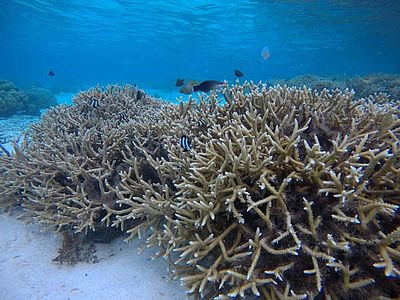
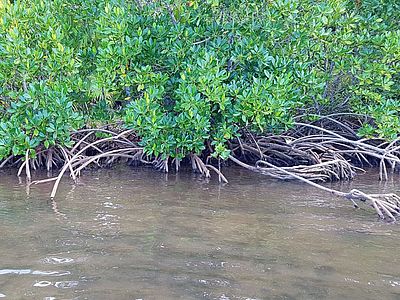
Coral reefs teem with biodiversity – ranging from microbial to multicellular – and the complex continuum of interactions between entities, like the healthy reef system in French Polynesia pictured in the research topic photo and Fig. 1 here. Since 2014 we have been sampling in the Caribbean to develop baseline information on the microbial communities that are found in the waters surrounding reefs, salt ponds and mangroves (Fig. 2).
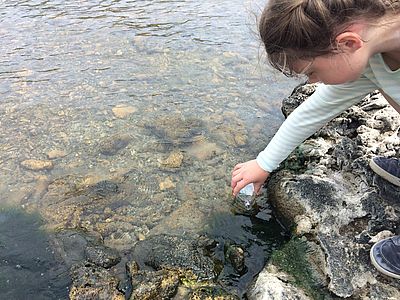
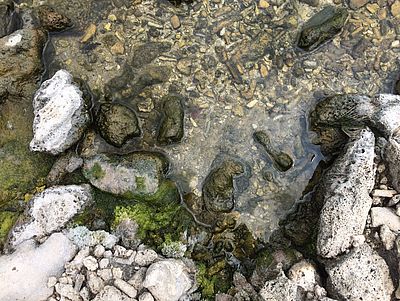
This involves annual field sampling, with studies from diversity analysis, to coral feeding physiology and microbe-microbe interactions. Because we are interested in time-series, much of this work is yet to be published. For example, CAU/GEOMAR MS student Jessica Eberle is working to characterize the salt pond communities (Fig. 3), and a number of OEB members are analyzing experiments and other aspects of biodiversity.
Other research in this area: Recently Dr. Kristin Bergauer expanded the tropical biodiversity topic to also study these habitats in Moorea through collaborations in the BIOGAPS program (Fig. 6). We also have been examining the microbiomes of corals and other invertebrates – but in this case with a focus on deep sea (cold water!) corals (Dark Ocean Theme). A long-term aim is to compare the different coral and invertebrate microbiomes across the ocean.
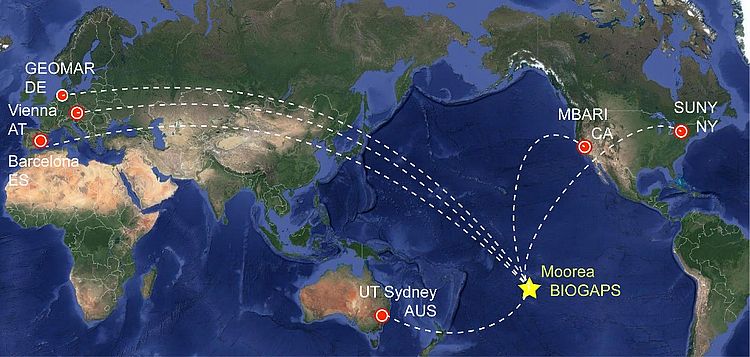
(Fig. 6) Our studies involve many collaborations – here are the institutes involved in BIOGAPS. Map: K Bergauer.

